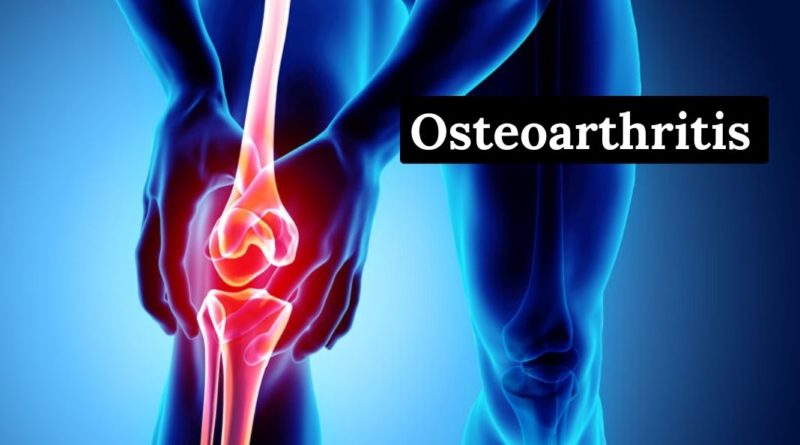Osteoarthritis: Symptoms, Treatments, and Causes
Table of Contents
What is osteoarthritis?
Osteoarthritis is a disease of the joints, the frequency of which increases as the person ages. Almost 8 out of 10 people over 50 are affected.
The process begins in the cartilage that covers the joint, thinning unevenly on the joint surface. This process increases as time goes by, and cartilage can even practically disappear in the last stages of the disease.
At the same time, the joint capsule becomes thicker and more synovial fluid (which acts as a lubricant) is produced, causing the joint to appear swollen. In addition to cartilage degeneration, bone growth (“parrot peaks” or osteophytes) occurs that can cause inflammation of the tissues surrounding the joint.
Osteoarthritis can affect all the joints in the body, but it most often occurs in the hands (base of the thumb and knuckles of the fingers), knees, hips, and spine.
What are the symptoms of osteoarthritis?
- Joint stiffness and pain, which usually worsens with the activity of the affected joint and improves with rest.
- Back pain, if it affects the spine.
- Decreased mobility of affected joints.
- Possible occasional swelling of the affected joints.
- Possible clicking of the joint during movement.
- It is not generally associated with redness or warmth of the affected joint.
Who is at greater risk of suffering it?
Osteoarthritis is not hereditary, but the following factors increase the risk (1) of it:
- Obesity: Being overweight for several years overloads the joints and can wear them down.
- Joint overload caused by professional activities.
- Joint overload caused by physical activity or aging.
- The damage to the joint caused by previous fractures, especially when they affect normal joint congruence (the joint surfaces must fit together) or cause an overload due to one member being longer than the other or being rotated about its axis.
How is osteoarthritis diagnosed?
- Through the medical history and physical examination performed by a doctor.
- X-rays tell if a patient has osteoarthritis. But there is often no relationship between the intensity of pain experienced by the patient and the radiological severity of osteoarthritis. Pain and limited mobility help guide the diagnosis.
- Blood tests may be done to rule out other inflammatory diseases that also have joint pain and that have a different cause and treatment.
How is osteoarthritis treated?
- Apply heat to relieve pain for 20 minutes three or more times a day, on painful and stiff joints. Different sources can be used, such as hot water bottles, electric blankets, infrared lamps, hot water baths.
- Swimming in hot water can be beneficial.
- Serious osteoarthritis of the neck can be alleviated by wearing a soft collar for a few hours of the day.
- Massaging the muscles around the joints can relieve pain.
- Sleeping on a firm, the non-sagging mattress can decrease pain in the spine.
- Mild to moderate disease can be successfully treated with over-the-counter pain relievers such as aspirin or acetaminophen (if you have or have had stomach problems you should consult your doctor).
If the pain is more intense, the GP may prescribe an anti-inflammatory (if appropriate for the patient) or a more powerful pain reliever that carries codeine associated with paracetamol.
If the disease progresses to seriously affect the patient’s mobility, the GP or rheumatologist may consider surgery to replace the affected hip or knee.
After surgery, the patient will have to stay in the hospital for around 2 weeks and a period of physical therapy and rehabilitation will be necessary to regain muscle strength.
Modern artificial joints are expected to be able to function properly for over 20 years.
[Also Read: How to Treat Osteoarthritis]
Forecasts
Despite the great progress made with artificial joints, unfortunately, many people still have to live with their osteoarthritis and the daily pain it causes. Occasionally, patients should visit their doctor to assess the disease and discuss the treatment plan. General practitioners can give the advice to help the patient understand and be able to cope with the disease.
How can osteoarthritis be prevented?
It is generally not possible to completely prevent the disease. To reduce the severity and effects of osteoarthritis, it is recommended to control the weight in normal values for height and body structure, stay physically active and avoid excessive stress on the joints as you age.




